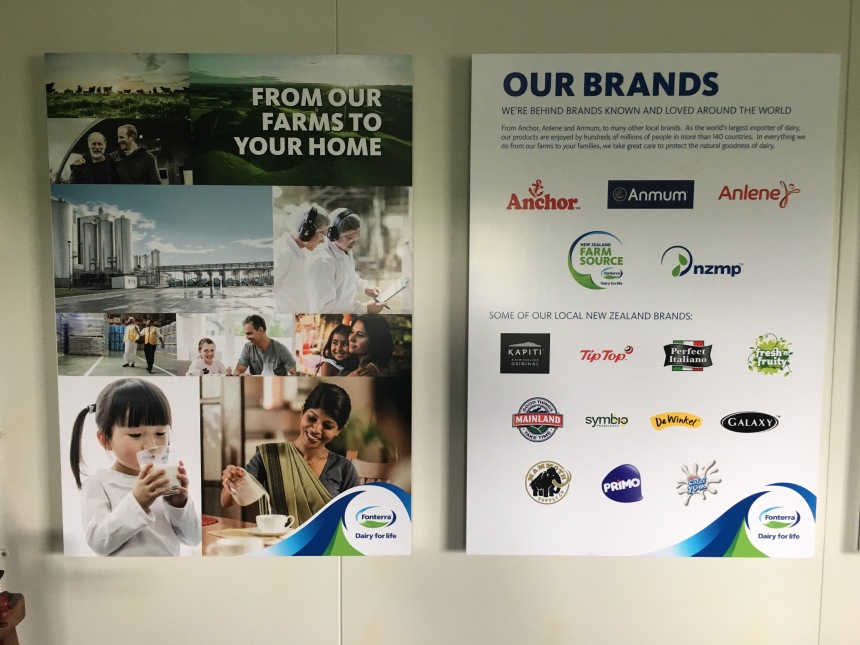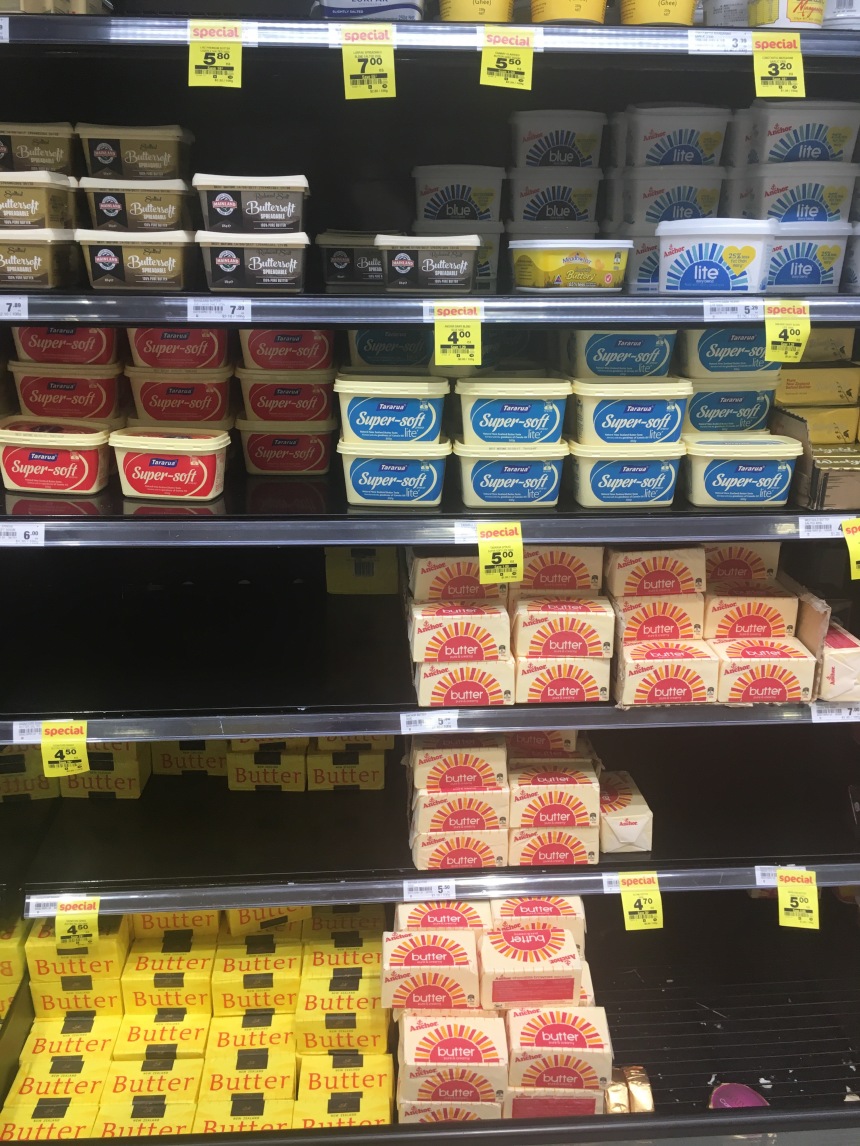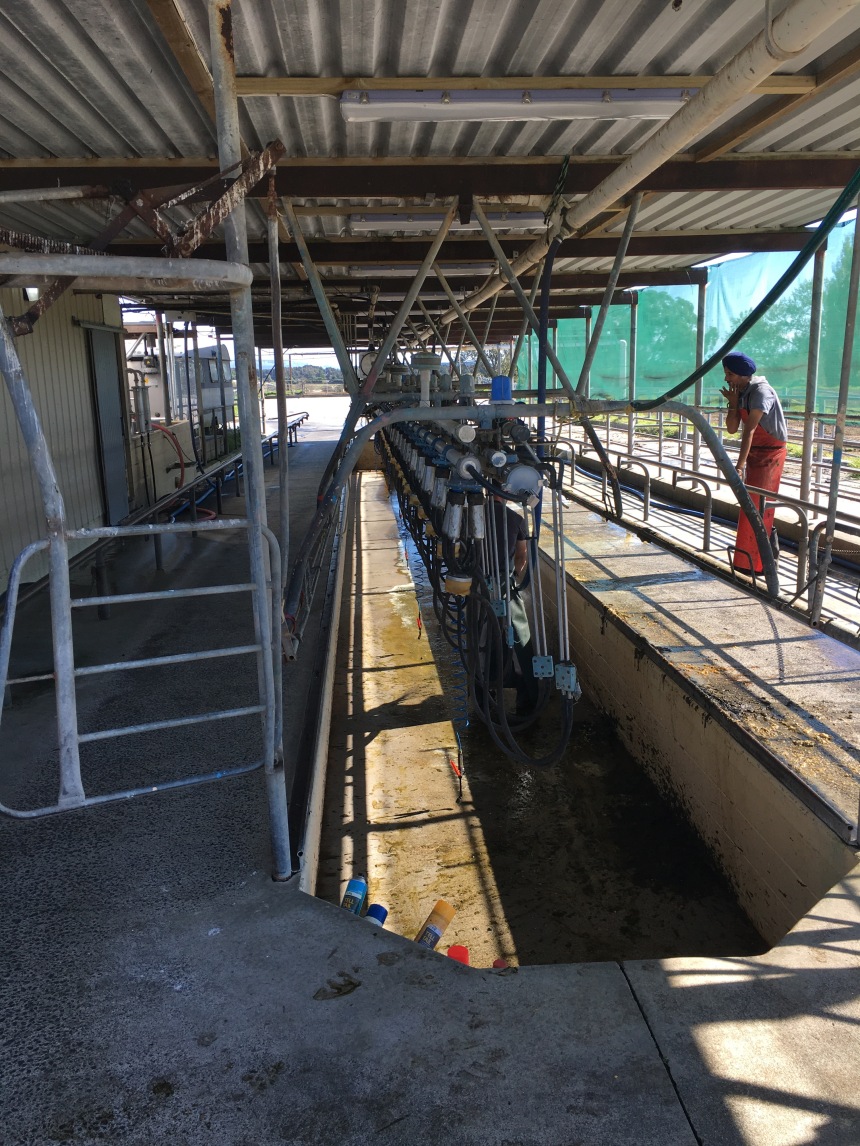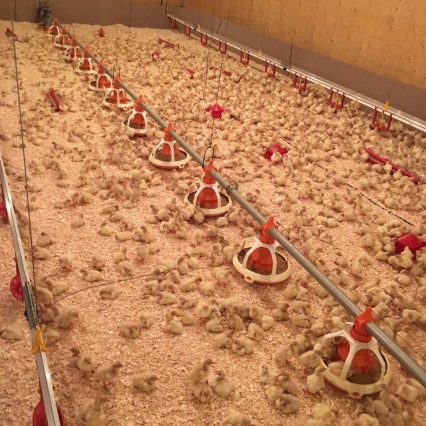
NTF – getting turkey in front of The President

New Product Development at McDonalds
Fargo? Yes that is correct, Fargo, North Dakota was my destination for a two day conference where the weather was a balmy -20 degrees with wind chill more frigid than I would prefer, however the warmth of the turkey sector from the mid-west regions of North Dakota and Minnesota more than offset the outdoor climate as they celebrated the 70th anniversary of the poultry meeting.
The conference theme ‘Where Every Connection Matters’ was a fitting focus as my goal of learning, networking and connecting with farmers, industry partners and understanding the dynamics of US turkey markets; stemming from the fact that American’s consume twice the amount of turkey that Canadians eat.
Through the power of Twitter, I connected with Lara Durben (@MNGobbleGal), Communications Director with the Minnesota Turkey Growers Association suggested I attend this regional event with the purpose of connecting with growers, at the same time as having the opportunity to share my experience as Canadian turkey farmer for their association members as part of their leadership training and retreat. It was great to have an association with independent farmers, contract growers, integrated corporations and processors, in addition to industry partners such as lenders, all around one table talking about the future of the Minnesota turkey industry. Given that Minnesota is the largest turkey producing state in the US, boasting 450 farmer producing over 46 million turkeys per year; far greater than that entire Canadian production.
Acting as an industry ambassador can be a daunting task, but my presentation was very well received and created a lot of conversation around the relative size of the Canadian markets with head scratching questions about the low, but stable returns with quota. The farmers marveled at the concept of smaller, independent operations, yet with their capitalistic focus on growth, challenged me on how long our supply managed system could last. As I clearly pointed out, it is not about one system being better than another, but rather how the Canadian sector evolved 50 years ago.
There were shared challenges and opportunities in the room; for one, this industry has lived, learned and for the most part, recovered from Avian Influenza outbreak of 2015. When asked about other concerns; a remarkable answer was ‘less government involvement in our farms’ which I principally support, however our Canadian system is 100% dependent on continued support and lobbying. We both shared concerns over consumer preferences and lack of connectivity to farms, supported by the rapid acceleration of raising turkeys without antibiotics, which has far greater uptake compared to Canada. I did challenge the group on the raised without antibiotics as a true dichotomy; how can the same consumer want cheap food, be looking for convenient, often processed food such as ‘turkey ham’ (which I still don’t totally understand) at the same time as wanting ‘raised without antibiotics’? To me, it does not make sense, however I do believe based on my travels, that the US consumer is perhaps the most disconnected buyers of their food with the most focus on ‘convenience food’. However, in my assessment, vertical integration accelerates the ability to react, influence and meet changing consumer needs and continually bring product to market at a more rapid pace than home, that and the fact the US population is 10 times that of Canada.
The formal portion of the industry conference proceeded to be very engaging, having presented to 15 Minnesota partners, it amplified the “Where Every Connection Matters’ theme by bolstering my network within the room. Admittedly, I tend to shy away for strange settings where I literally know nobody, but a speaker on day two, Mark Deterding spoke on ‘servant leadership’ which I related back to my presentation of giving others value through sharing and supporting their sector, before asking something in return. As such, my conversations with local growers and partners has created perhaps more questions than answers during my conference visit.
However to summarize some of my findings, I reflect on the following:
The idea behind independent growers and contract farmers, having assumed that nearly all US growers worked for a large processor is in fact false, in the Minnesota market, this represents about 50% of the farms. With half the farmers owning their turkeys through to processing and the balance, which represent far more volume of birds being contract farms with the likes of Jennie-O.
I met a farmer, John, who I connected with on a common issue, that we both can suffer from ‘small farm syndrome’, despite John’s farm being about 10 times my size, it can be a challenge interacting with the large integrators, yet we both shared the understanding the consumers want and need to relate to average growers whom are able to share and instill the values of family farms to consumers and government officials alike. A farmer named Max, who is likely a few years younger than I, shared the challenges of succession planning and working with multiple generations on farm. Rob, he shared his experience of losing his flock to hens to Avian Influenza and the government measures imposed to deal with the crisis, all fascinating conversations with ‘everyday farmers’.
Still unsure if it is my naivety or lack of experience in the industry, I was surprised with not being the only Canadian in the room as a significant amount of live Canadian turkey crosses the boarder on contract with North Dakota processing plants. I question, is this an opportunity for me? Well, not entirely sure, but spending time with US turkey partners creates the atmosphere that anything is possible when focused on short term cash flow and return on capital. It is vital to understand that the US sector has come off one if it’s best years for growers, unfortunately on the back of those that suffered loss in the bird flu outbreak last year.
Again, it was the overall scale which continues to conceptually challenge me on the size of operations, in addition with Toms being raised over 20kg and hens that are routinely used for further processing compared to our Canadian expectations of being used exclusively for whole bird markets. I valued the messages of systematic efficiency from farm to plant, looking to squeeze pennies on the margin, my only hesitation on this idea is that the farmers themselves are continually squeezed.
Is there expansion in the US market? Generally I did not get the sense of new growth, however many farmers were looking at updating their sheds with new equipment, shuttering old facilities, adding new barns with concrete floors and walls to allow for the antibiotic free movement where additional space is necessary.
I appreciated the presentation and warm welcome that Carl Wittenberg provided to myself and the entire audience. Carl is the President of Protein Alliance, a turkey and protein marketing firm based in Minnesota, he spoke at length about the work which his current role of Vice President of the National Turkey Federation does in lobbying the government for support for their industry, but more so as the alliance in which nearly all turkey farm associations and processors pool resources with a national objective to promote and develop the growth of turkey consumption in the US. Now known as the Turkey Demand Project, it was earlier coined by Gary Cooper of Ohio as the 20/20 plan; increasing per capita consumption from 17lbs to 20lbs by the year 2020. It seems so simple to promote a common goal, however given the Canadian system which should seem easier to accomplish, I give the US credit for this organizing movement. I expect Turkey Farmers of Canada is well aware of such initiative, however we spend a great deal of time keeping out of province birds from moving between provincial boarders, that I think we lose sight of the long term need for collaboration and cooperation; hats of the NTF and I look forward to tracking this project as it evolves.
So as I wrap up my thoughts on my venture to Fargo and meeting with North Dakota and Minnesota industry professionals, I leave with the sense farmers are feeling very good about their 2016 year. Market growth continues to be top of mind, yet farmers are dealing with the changing landscapes of raising birds without antibiotics and fighting the consumer perception challenge, like we all face. The sheer size and total focus of processors to drive innovation is done based on market size, but also the corporate approach of Hormel Food that owns Jennie-O and their intimate knowledge of the protein sector. As well, ground turkey is where it at (or at least that’s what I’ve been told), if you can use beef, why are we using turkey?
Finally, the industry has faced profitable and unprofitable years, consolidation has occurred and farmers have adapted to working with ongoing relationships, as such we can accuse the big bad integrators of eroding on farm profits, but in this part of the country, many of these farmers operate in diversified family farming businesses where many have grown turkeys for generations and are looking to do so for years to come, why? Because they are good at what they do, have made some profits, and a full service industry of several processors, feed, equipment and support services exist here.
Finally, the quote of the day goes to Dr. Megan from Jennie-O as she compared my small farm of about 5000 birds compared to the farms with 10’s and 100’s of thousands: “Think about what you can do for biosecurity and management on a farm your size?”
Maybe that’s it… I may be small, but I have every opportunity to be a producer of the highest quality birds! Now on to connecting with the market….this is to be continued!!

Turke Bacon… with the real stuff!

Checking out turkey products in the store
 It’s up to you folks!! I needed a push today to get moving on a few things sitting idle. As a person who wonders, wanders and questions the bigger picture of life… it comes back to this… it’s up to you!
It’s up to you folks!! I needed a push today to get moving on a few things sitting idle. As a person who wonders, wanders and questions the bigger picture of life… it comes back to this… it’s up to you! 


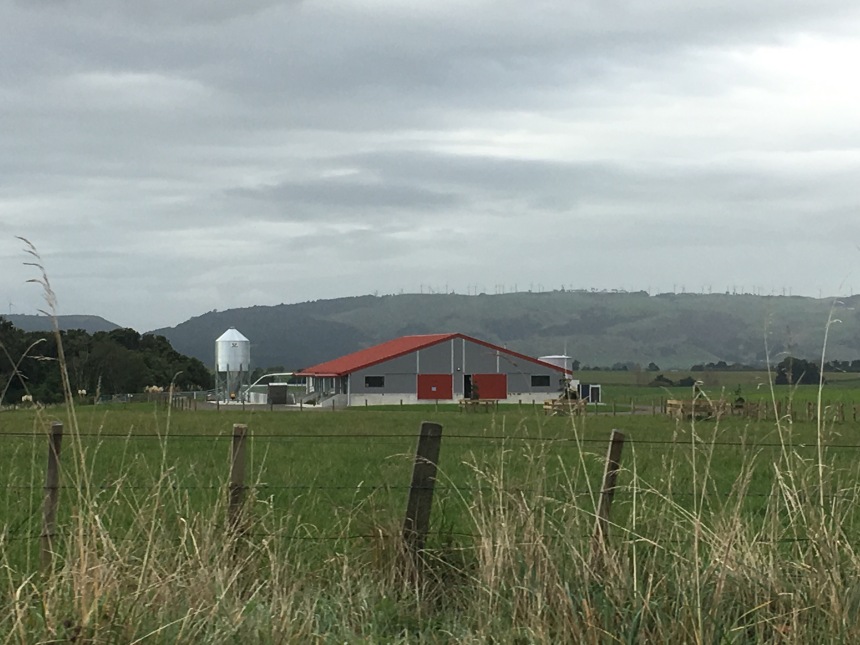
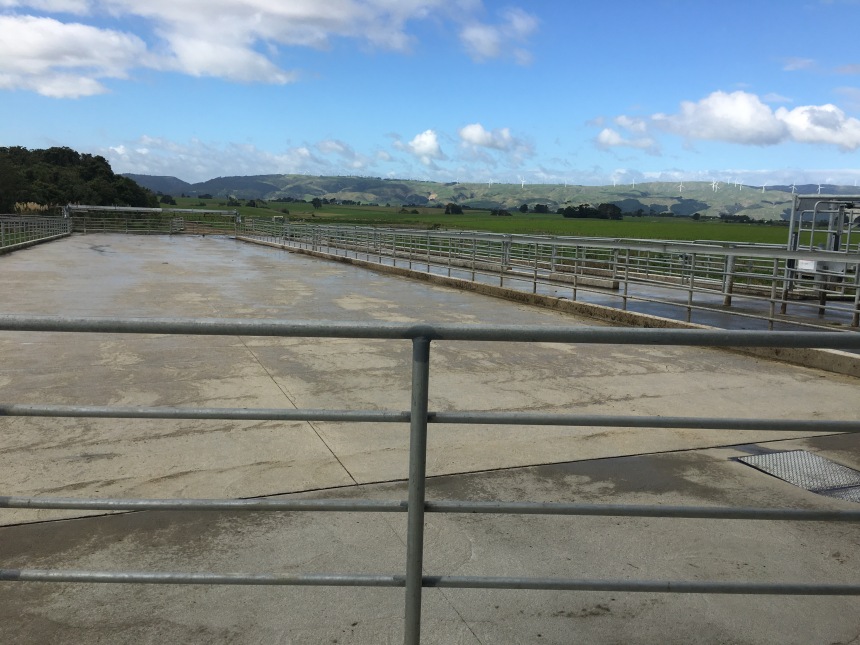 Farming systems around the globe are steeped in historical context, bound by geographical characteristics, demographic demands, political influences and climates which dictate farm types, size and location. Be it supply managed, vertically integrated, contract based or direct market; all farms have exactly that, a market! It is just a matter of determining how that market is filled.
Farming systems around the globe are steeped in historical context, bound by geographical characteristics, demographic demands, political influences and climates which dictate farm types, size and location. Be it supply managed, vertically integrated, contract based or direct market; all farms have exactly that, a market! It is just a matter of determining how that market is filled.